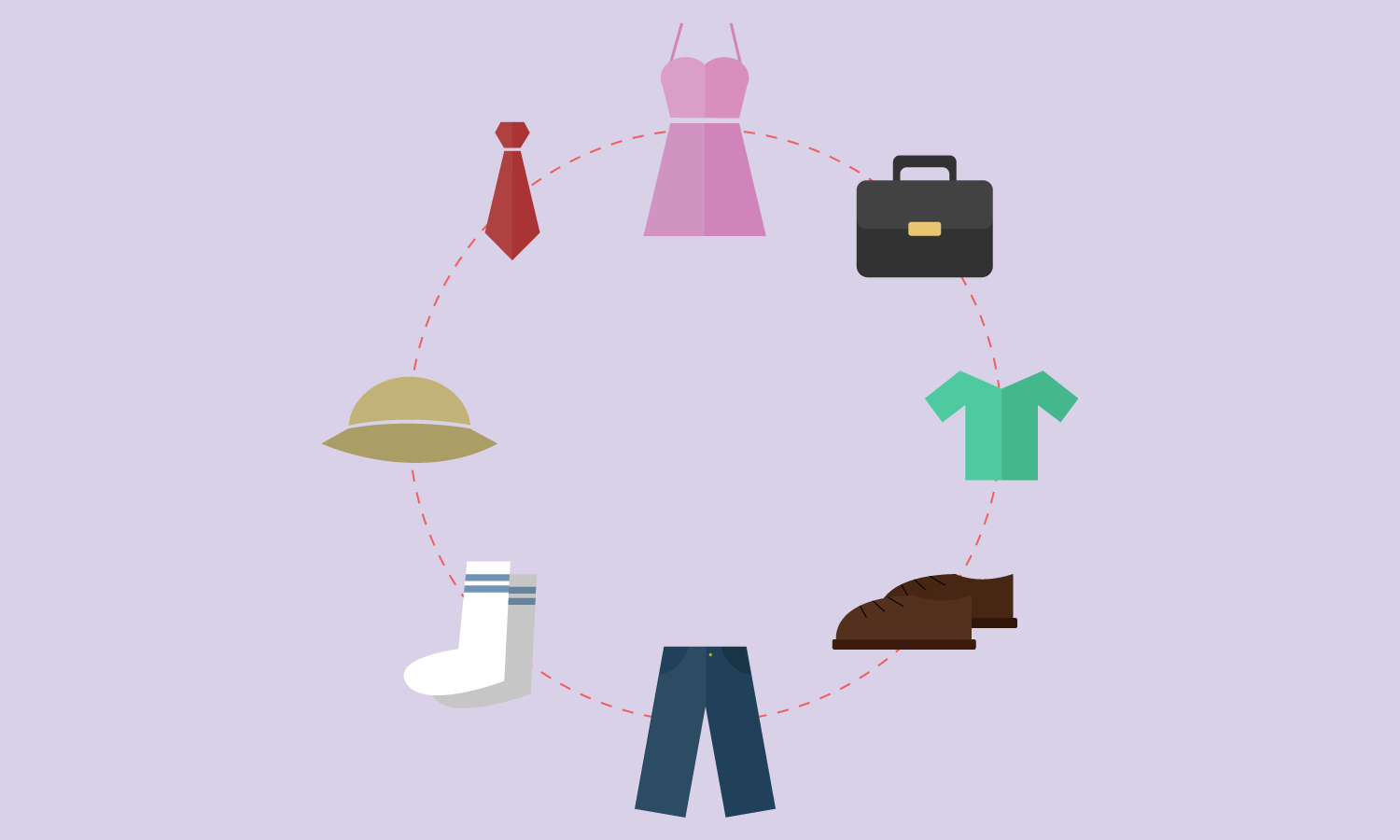Fashion and textiles is a fast industry. With new designs coming out weekly, retailers need to keep up. Consumers are more demanding than ever, and they want things now. With the ever increasing growth the clothing industry experiences, retailers need to figure out how navigate the demand.
This is where fast fashion comes into the conversation. The practice of fast fashion has been around for a while now and many large retailers are successful with this supply chain model. Popular brands like Zara, H&M, Forever 21 and many more have all been able to be competitive with this manufacturing practice. It’s cheap and has a high turnover rate, therefore allowing these large corporations to have a competitive advantage with pricing and variety.
However, more and more, consumers are becoming conscious shoppers and the negative effects of fast fashion are starting to surface. Due to its excessive use of resources and toxic materials, fast fashion is not sustainable. But if this model is doing so well, what are the alternatives? Circular fashion might just be the answer.
What is circular fashion?
Before we delve into circular fashion, we must understand the circular economy. Unlike the the linear economy (make, use, dispose), the circular economy incorporates recycling into the process, keeping resources in the cycle for as long as possible. This is essentially what circular fashion embodies. By making clothes with longevity in mind, circular fashion items serve a purpose beyond their life span. Generally, this means that its parts can be used in the future to make something new.
Benefits
Textile waste is one of the top contributors to pollution. Since fast fashion retailers have to plan a year in advance for seasonal releases, these companies over-produce in anticipation. Stores are often left with excess stock. For example, H&M recently had problems with obsolete stock. Most man made materials, such as polyester and rayon, are not recyclable. So what happens to these clothes? They go to landfills.
Since circular fashion tries to keep materials in rotation for as long as possible, they are with us for the long haul. Here are some benefits:
- Waste minimization: Circular fashion items are produced with waste reduction in mind. The materials used to make these products can all be reclaimed and reused as raw materials for other processes. This minimizes the need to use virgin materials.
- Green energy: Renewable energy sources, like wind and solar, are used wherever possible in the manufacturing and transportation process.
- Gives back: Materials used in these items are non-toxic and (preferably) biodegradable so that at the end of their life cycle, they can be composted or effectively recycled.
Conclusion
The fast fashion model is cheap, fast and allows retailers to keep up with ever-changing trends. However, it’s not a viable solution that can continue for much longer. Looking at the problems facing the fashion industry, there are take-aways that are applicable to other industries as well. There are many benefits to the circular supply chain model. Let’s take fashion as an example of how we can take more green initiatives in manufacturing and overall supply chain.



